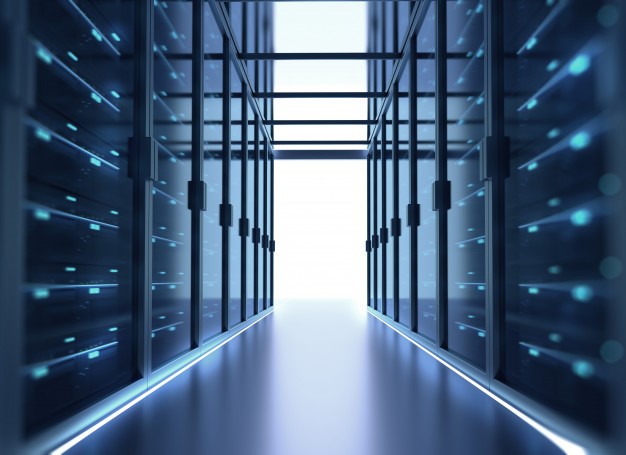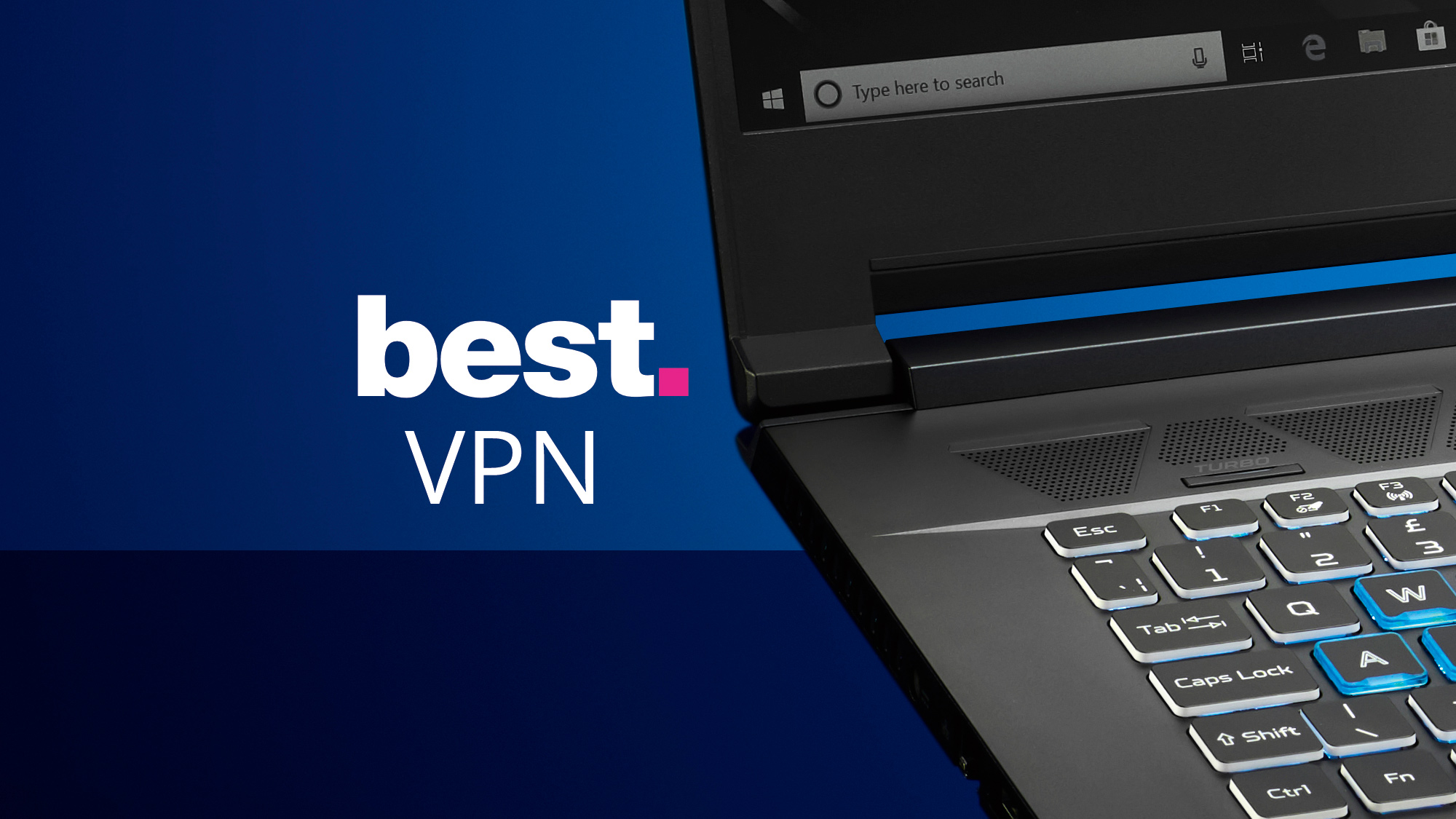setups, network connectivity problems, hardware difficulties, and even system crashes can cause persistent headaches. Luckily, these problems aren’t unfixable. They can be easily troubleshooted with the correct information and techniques. Let’s examine some of these technical problems in more detail and consider solutions that work.
1. Problems with network connectivity
One of the most frequent IT support issues that people and businesses have is network connectivity troubles. Numerous factors, such as malfunctioning network hardware, shaky internet connections, or insufficient network configuration, may be to blame for these problems.
Finding the underlying source of these problems is the first step in solving them. Start with the fundamentals and examine your network wires and internet connection. Review your network settings or reboot your router if the issue still continues. Consider using network monitoring tools in a more complicated arrangement to get a complete picture of the network and to spot any anomalies.
2. Issues with Software Installation
Software installation issues come next. These problems, which might impede your workflow, can range from incomplete installations to compatibility problems.
To begin mitigating such problems, make sure your system complies with the software’s specifications. Before installing, it’s advisable to clean out your system’s old or unnecessary files and perform a comprehensive system update. However, if the issue still persists, contact the programme manufacturer’s support staff for detailed troubleshooting instructions.
3. Hardware malfunctions
A major source of data loss and downtime in the IT industry is hardware failure. These problems, which range from a failing hard drive to defective peripherals, call for rapid care.
Your best line of defence against hardware breakdowns is routine maintenance and monitoring. Maintain a clean environment, control the temperature, and make sure you don’t overwork your systems. Consider performing routine diagnostic tests as well to find failures at their earliest stages. Also, remember to back up all important data to prevent loss in the event of an impending failure.
4. Performance Issues
Although it may seem unimportant, slow performance can seriously harm productivity. There are various ways to increase speed, whether the issue is a sluggish system or a slow-loading programme.
Reduce starting apps, clean up your hard drive, and keep your software up to date to optimise your system. If implementing these fixes doesn’t improve speed, there may be more serious problems, such as hardware failure, malware infection, or even a requirement for a system upgrade.
4. System failures
The most dreaded of all IT support issues are system crashes. In addition to being disruptive, they can also result in significant data losses.
The first line of defence against system crashes is regular system updates. Backing up your data and keeping your system up to date is essential because outdated drivers or software can result in serious problems.
However, if your machine crashes frequently, then there might be a serious hardware problem. In such circumstances, seek professional assistance for a complete system evaluation and any required repairs or replacements.
5. Threats to cybersecurity
Cybersecurity dangers loom prominently in the background of IT support problems. These dangers, which put confidential data and company continuity at risk, might be as straightforward as a phishing email or as complicated as a significant network breach.
The key to fending off cybersecurity threats is a two-pronged strategy of defence and awareness. Encourage your company to have a cyber-aware culture. Inform your employees about the value of routine system updates, secure password usage, and phishing emails. Invest in powerful antivirus software, firewalls, and a trustworthy backup solution for protection. These security measures will be able to successfully counter new and changing threats if they are routinely updated.
6. Issues with the printer or scanner
Despite the rise in digitization, problems with printers and scanners continue to be among the most frequent ones that require IT support. Hardware flaws, communication problems, driver problems, and even low ink levels might cause these issues.
These problems are frequently solved by straightforward troubleshooting techniques like checking the device’s connectivity and power, upgrading drivers, and monitoring ink levels. However, if the condition still persists, it can be a sign of something bigger that needs expert help.
Cracking the Code: Strategies to Fix Common IT Support Issues
Although sophisticated, the technological world is not incomprehensible. You may safely navigate this area if you are aware of the typical IT support concerns and have a plan in place to address them. Give your team the tools and information they need, promote routine system inspections and updates, and always back up your data. Transform IT issues in this digital age from roadblocks to stepping stones towards a more effective and secure technology environment.
Popular Questions About IT Support Issues
- What are the most common IT support issues faced by organisations?
The most common IT support issues include network connectivity issues, software installation problems, hardware failures, slow system performance, system crashes, cybersecurity threats, printer or scanner issues, email problems, data backup and recovery issues, and user errors.
- How can one effectively address network connectivity issues?
Network connectivity issues can often be addressed by checking the internet connection and network cables, reviewing network settings, and resetting the router.
- What steps can be taken to prevent software installation problems?
Preventing software installation problems can be achieved by ensuring that your system meets the software’s requirements, clearing your system of old or redundant files, and running a full system update before installation.
- How can organisations protect themselves from cybersecurity threats?
Organisations can protect themselves from cybersecurity threats by fostering a culture of cyber awareness, educating teams about potential threats like phishing emails, enforcing secure password practices, and the importance of regular system updates
- What is the best defence against hardware failures?
Regular maintenance and monitoring are the best defences against hardware failures. Keeping systems dust-free, regulating their temperature, ensuring they aren’t overworked, and running regular diagnostic tests can help detect early signs of failure.






